Artificial intelligence already powers intelligent software, like IBM’s Watson, and digital personal assistants, like Amazon’s Alexa.
But we are only at the beginning of the artificial intelligence revolution, and universities, laboratories and the U.S. Department of Energy are working to inspire and train the workforce of the future that can help define and shape the field.
That’s why the DOE partnered with the University of Chicago and its affiliated laboratories, Argonne National Laboratory and Fermi National Accelerator Laboratory on a recent event to teach and inspire middle and high school students to consider a future in developing AI technology.
“Whether you are in government, business or a scientist, there’s a big revolution coming, and it’s called artificial intelligence,” said Chris Fall, director of the DOE’s Office of Science, who spoke at the Oct. 1 event at the Gary Comer Youth Center. If young people are interested in understanding how Alexa works and becoming someone who builds AI tools, “we’re interested in talking to you,” he said. “Maybe I can talk you guys into becoming scientists and engineers.”
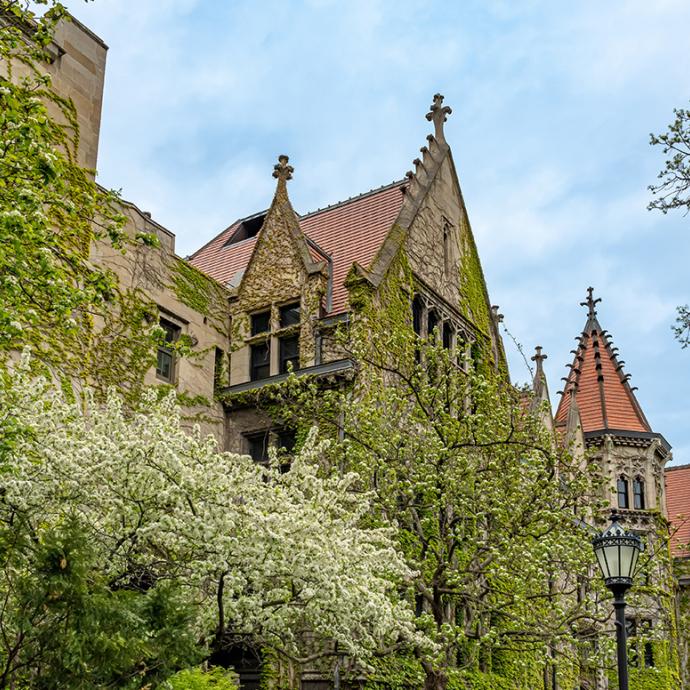
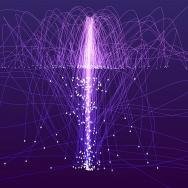
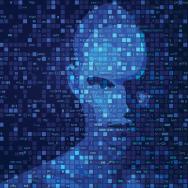

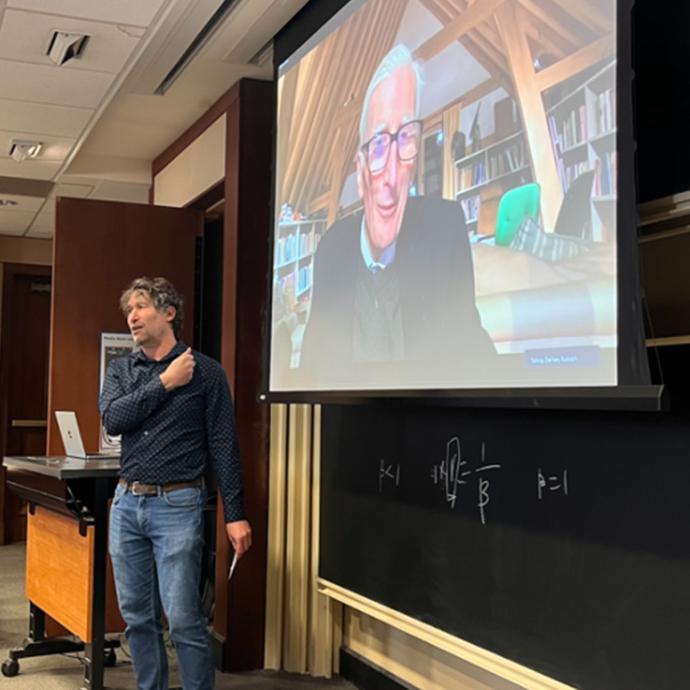
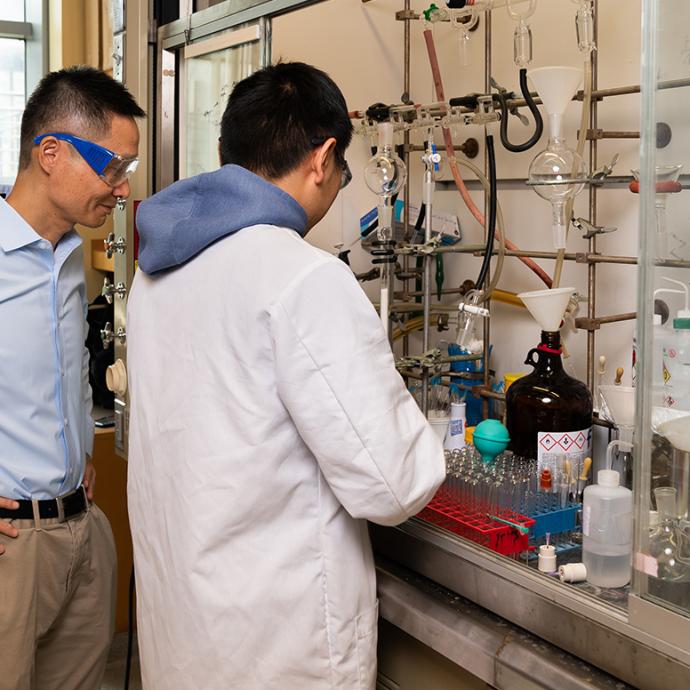

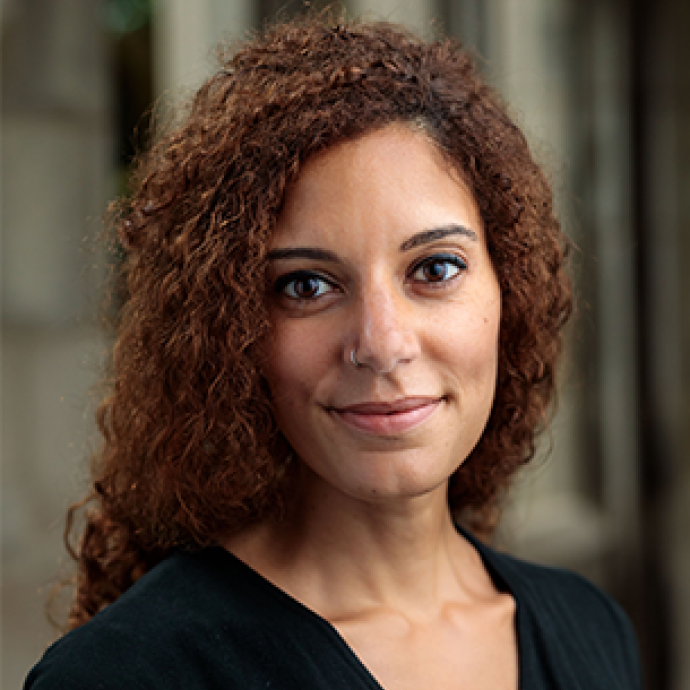




 —Prof. Chuan He
—Prof. Chuan He
